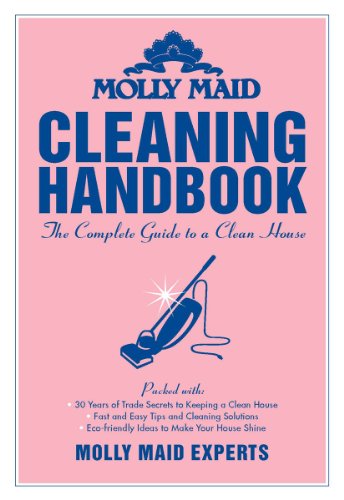
With the increase in condensation and moisture during the summer months, keeping your kitchen and bathrooms fresh and clean isn’t as easy as it sounds. Mould thrives in warm, moist conditions and can be very hazardous to your health. By removing existing mould and reducing the development of moisture, you can eliminate mould from spreading further. The professional residential cleaning experts at MOLLY MAID outline the key causes of mould and how you can properly remove it and prevent it from reoccurring.
Where Mould Thrives:
- Older homes are more prone to high moisture due to inadequate ventilation. Humidity in cellars, bathrooms and kitchens attract and encourage the spread of mould. Prevention of mould in these areas requires regular moisture checks.
- Mould can often be found in damp, wet corners and surfaces in your kitchen. These areas are often the most difficult to reach and clean. Areas such as the top of kitchen cupboards or poor ventilated storage areas are all potential surfaces for mould to grow, so it is important to check these areas regularly.
Tips for Removing Mould:
- Small areas of the kitchen affected by mould can easily be removed, however, it is recommended to seek the advice from a professional cleaning company such as MOLLY MAID, for any sizeable job.
- Removal of mould can be hazardous to your health, so it is important to wear rubber gloves and protective eye-wear. Wearing a mask over your nose and mouth will prevent mould spores from getting into your lungs.
- Ventilating the kitchen is also essential when cleaning and removing mould.
- In order to thoroughly clean and remove the mould from your kitchen, mix 1 part water with 1 part bleach, and pour it into a spray bottle. The spray bottle allows you to apply the solution more effectively in difficult areas.
- Spray the mixture on the areas where mould is present. The solution should cause the mould to change colour. The change in colour is an indication that you are in successfully removing the mould. Some areas of the kitchen may require additional sprays if mould has spread further or become resistant.
- Once you have sprayed the surface, promptly clean the area with a paper towel. It is important to ensure the paper towels used to clean the mould are carefully thrown into the garbage.
Mould Prevention
- Once you have successfully removed mould from you kitchen, it is important to ensure that proper preventative measures are taken to make sure the mould does not come back.
- Ensuring that your kitchen is properly ventilated at all times will help to reduce the possibility of moisture build-up, keeping mould at bay.
- Opening a window, even during winter, will help reduce moisture.
- Wiping down any surface moisture as soon as possible is also important.
- Maintaining good circulation of air, in your kitchen, will also help minimize the chances of mould developing.

